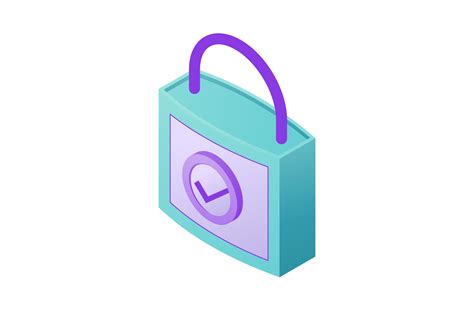Blockchain Security: Overcoming Challenges with AI
As the world is becoming more and more dependent on blockchain technology, security has become one of the most important problems. With its decentralized and constant nature, blockchain is vulnerable to various threats such as hacking, phishing and manipulation. However, the artificial intelligence (AI) can play a crucial role in improving the security of blockchain systems, identifying vulnerabilities, detecting anomalies and providing a possible threat.
blockchain security challenges
Blockchain Security is complicated due to its decentralized article that makes it difficult for any unity or individual to control and manage the entire network. Here are some of the main challenges:
1
Compatibility : Different blockchain networks have different architectures, protocols and rules, making it challenging developers to create compatible systems.
- Data storage
: Blockchain data is usually stored in a decentralized way, which can lead to scalability problems and increase storage costs.
3
Safety Agreement : Smart contracts are self -execution contracts with the terms of the contract written directly in the ranks of the code. However, they may be vulnerable to attacks if they are not properly designed or updated.
AI role blockchain in safety
Artificial intelligence (AI) has become a powerful tool for improving blockchain safety by identifying vulnerabilities, identifying abnormalities and predicting potential threats. Here are some ways AI used to improve blockchain security:
1
Estimated Analytics : AI -powered Analytics can analyze historical data and patterns to identify possible safety risks before them.
- Vulnerability Determination : AI -powered tools can scan the potential vulnerability code and detect problems such as SQL injection or creating scripts of various places (XSS).
3
Determination of anomaly

: AI -powered systems can detect unusual behavior in transactions, such as sudden increases in activity or suspicious models.
How do blockchain security with AI
Blockchain safety is often viewed through a cryptographic lens where cryptographic keys are used to provide transactions and data. However, traditional cryptography may not be enough to ensure general security. Here’s how blockchain’s security works with AI:
1
Data encryption : Data encryption techniques such as AES or RSA can provide an additional layer of protection against unauthorized access.
- Safety Contract Safety : AI -powered smart contract tools can analyze the potential vulnerability code and detect problems such as SQL injection or creating different sites (XSS).
3
Network Layer Safety : AI -powered network security tools can scan networks for potential threats such as robot networks or DDOS attacks.
Lock chain security examples with AI
Several blockchain projects use AI to improve their security posture:
1
Kocoin : Kocoin is a popular exchange of cryptocurrencies that has introduced this powered security system to determine and prevent hacking attempts.
Chainlink **: Chainlink is a decentralized Oracle network that uses AI to provide real world data for smart contracts, improving their security and performance.
3
polkadot : Polkadot is a decentralized platform that allows compatibility between various blockchain networks using AI operated tools.
Conclusion
Blockchain Security is a difficult challenge that needs innovative solutions. The artificial intelligence (AI) can play a crucial role in improving the security of blockchain systems, identifying vulnerabilities, identifying abnormalities and predicting potential threats. Using these powered tools and techniques, developers can create more secure and more reliable blockchain networks that meet the needs of users worldwide.
